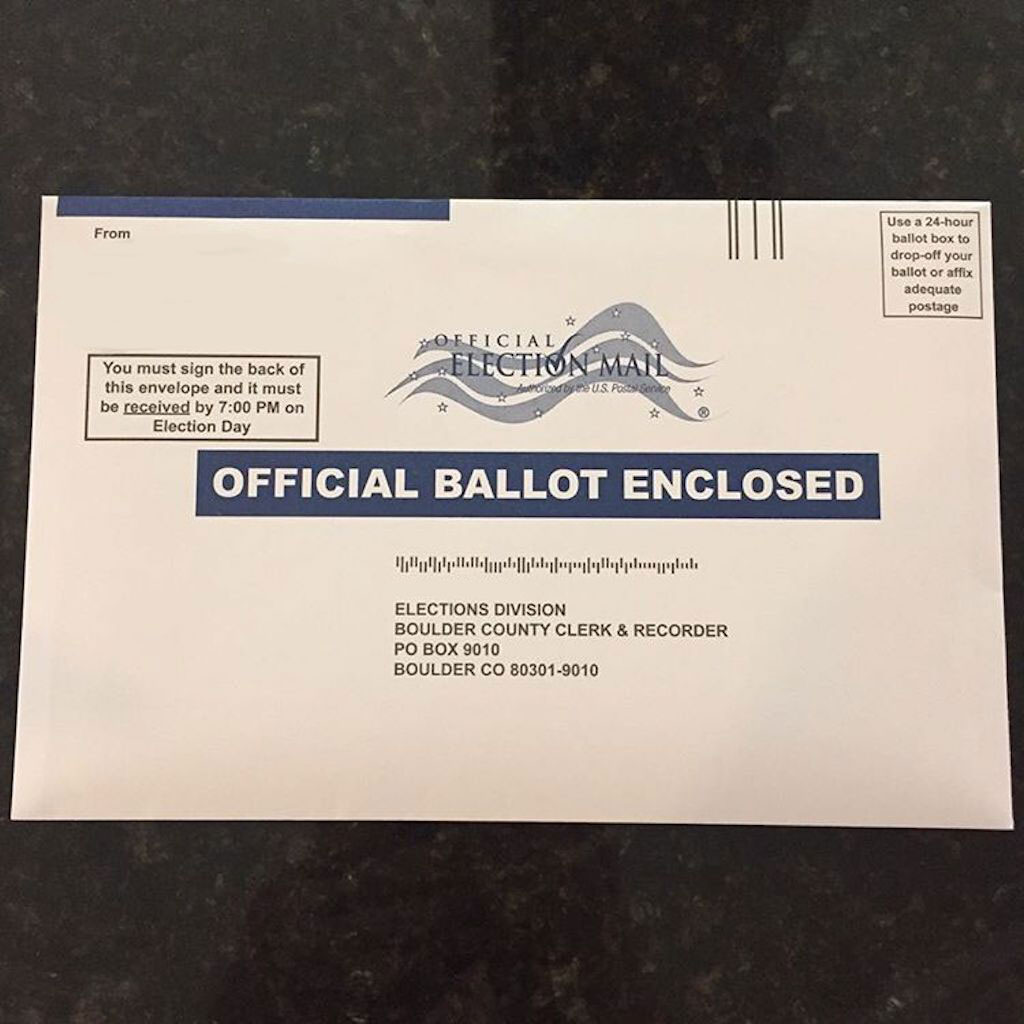
April 8, 2020; New York Times and Reuters
The right to vote is one that’s often held up as sacred; today, it’s become a partisan political football. One simple solution offered by many to the conundrum of voting is all-mail voting, also called “vote-by-mail” or “vote-from-home.” In times when we are being told to stay home and maintain our distance, this sounds better and better.
So, why isn’t everyone making establishing a sound basis for November’s general election a priority? If we fail to do this, the chaos, fear, and anger (and probable lawsuits) that defined last week’s Wisconsin primary, where vote-by-mail was rejected, are highly likely to recur.
A Reuters/Ipsos poll that was conducted early last week found that 72 percent of all US adults, including 79 percent of Democrats and 65 percent of Republicans, supported a requirement for states to facilitate mail-in ballots as a way to protect voters in case of a continued spread of the respiratory disease later this year. With these numbers to back her up, US Speaker of the House Nancy Pelosi (D-CA) is calling for Congress to approve as much as $4 billion to help states expand their ability to conduct voting by mail. President Donald Trump, along with many Republican elected officials, has been leading efforts to oppose voting by mail. At his daily news briefing on Wednesday, President Trump said he believed vote-by-mail had been abused to hurt Republicans, and “I will not stand for it.”
Clearly, we have a partisan divide here. So far, the fact that vote-by-mail does not appear to have benefitted either party in the states that have used it for years has not tempered opposition to this logical solution to protecting both people and their voting rights.
What do we know about the efficacy of vote-by-mail? Is this more than just a one-time way to deal with the current pandemic? The answer is that some states have been voting by mail long before COVID-19 was a part of our vocabulary. In an op-ed in the Washington Post, Governor John Hickenlooper of Colorado discusses the successful experience of his state with vote-by-mail, initiated in 2013.
Colorado is one of five states (the others are Hawaii, Oregon, Utah and Washington state) that vote by mail. According to Hickenlooper, by voting this way, Colorado has increased voter turnout and decreased election costs. He states:
Sign up for our free newsletters
Subscribe to NPQ's newsletters to have our top stories delivered directly to your inbox.
By signing up, you agree to our privacy policy and terms of use, and to receive messages from NPQ and our partners.
Universal vote-at-home reform was a matter of common sense even before the covid-19 pandemic upended the nation, but now it is an urgent necessity. Making it happen in time for the November elections will be a gigantic undertaking, and there is no time to waste. An immediate need: bolstering an ailing US Postal Service so it will be prepared for the surge of ballots.
There are three key areas of urgency here. The first is at the federal level. If resistance from the Trump administration can be overcome, increased federal funding for states to be able to reinforce and strengthen their abilities to better conduct elections via vote-by-mail could help, even if the feds stop short of mandating mail-in balloting.
Health officials, including those in the Centers for Disease Control and Prevention (CDC), are urging the administration to drop its opposition to voting by mail and extending early voting. For the CDC, vote-by-mail is a health and safety issue.
Second are the nation’s 50 statehouses, since day-to-day election management in the US falls to state governments. Much of this push is coming from local groups—many nonprofits, like Common Cause and the League of Women Voters, and groups that work with and represent low-income voters and communities of color. They are receiving advice and counsel from organizations like the National Vote at Home Institute, which works with voters, policymakers, and election officials to “bolster the security of elections, improve voter engagement, and reduce election costs.” These groups are working to ensure that everyone who is enfranchised to vote, can vote.
Sylvia Albert, director of voting and elections at Common Cause, anticipates state legislatures taking action ahead of November to allow local officials to have more flexibility. “Really, that’s the key to me,” Albert said. “The local election officials need to be able to decide what is the best option for them, and in no way is it one-size-fits-all.”
Third is the health and stability of the US Postal Service (USPS), a critical link in any vote-by-mail system. The coronavirus has slowed the volume of mail considerably, which has impacted the agency’s funding. The Postal Service, which employs 650,000 people, is asking for $75 billion in aid from the government, and, according to the New York Times, another $14 billion to pay off debt related to a retirement benefits program—a whopping $89 billion total. As with federal mandates for elections, the Trump administration has resisted providing the Postal Service adequate support. That said, the importance of keeping the USPS solvent cannot be underestimated.
Voting is central to our system of government. The US Constitution mentions the word “vote” and “voting” 39 times in its body and 27 Amendments. Writing in 2012, Professor Garrett Epps indicated it’s the right that appears most often, with the same words used to protect it: “The right of citizens of the United States to vote shall not be denied or abridged.” We need to both exercise and protect every citizen’s secret superpower—the right to vote. Vote-by-mail would seem to do that. But time is of the essence: November 3rd is not that far away.—Carole Levine













